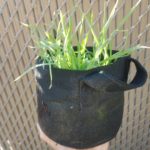Introduction
In the realm of gardening and agriculture, innovation constantly pushes the boundaries of traditional practices. One such innovation is the fabric grow bag, a revolutionary approach to container gardening that has gained significant traction in recent years. In this blog post, we will delve into the history, evolution, and benefits of fabric grow bags, shedding light on how they have transformed the way we grow plants.
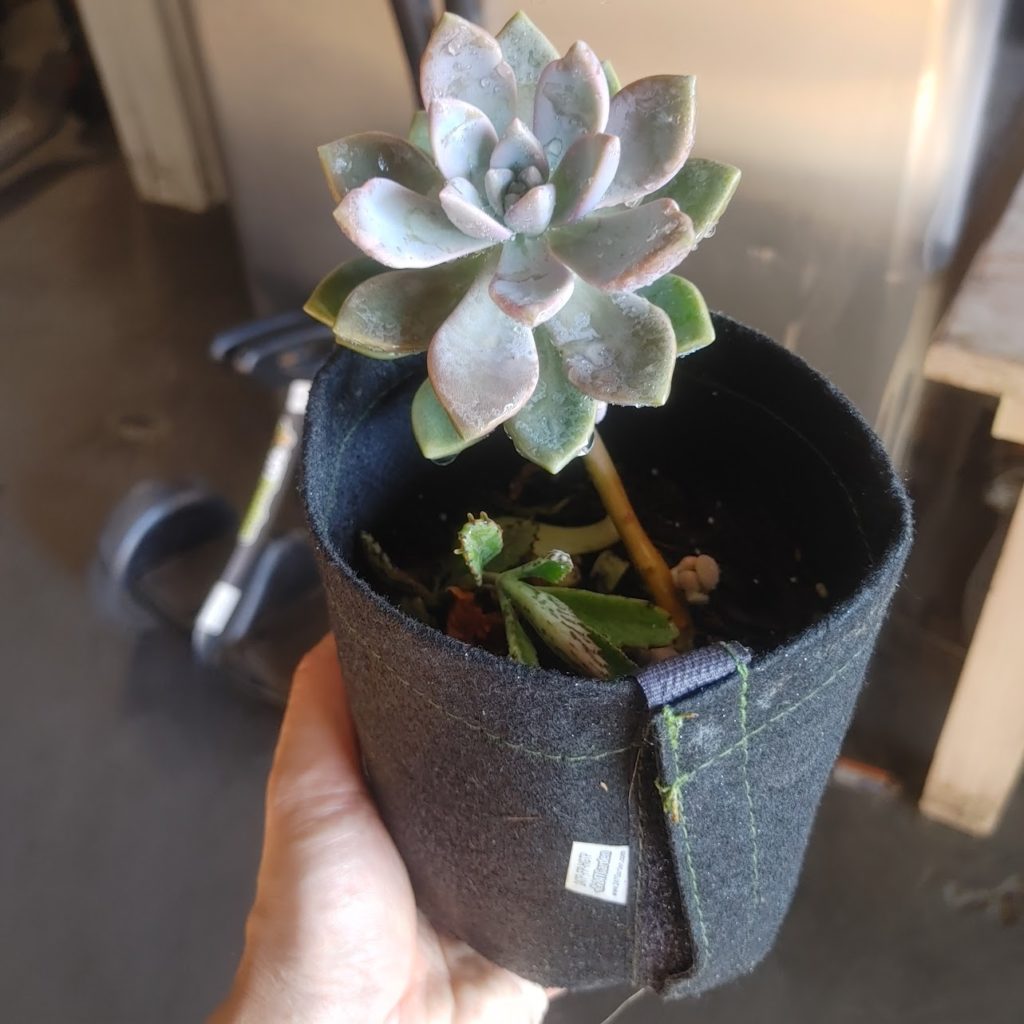
The Birth of Fabric Grow Bags
The concept of using containers for planting dates back centuries, with ancient civilizations employing clay pots and wooden boxes to cultivate plants. However, it wasn't until the late 20th century that fabric grow bags made their entrance onto the gardening scene.
The initial designs of fabric grow bags were rudimentary, consisting of simple woven fabrics that allowed water to permeate while retaining soil. These early versions were used primarily for nursery plants and were often handmade by gardeners seeking an alternative to traditional plastic pots.
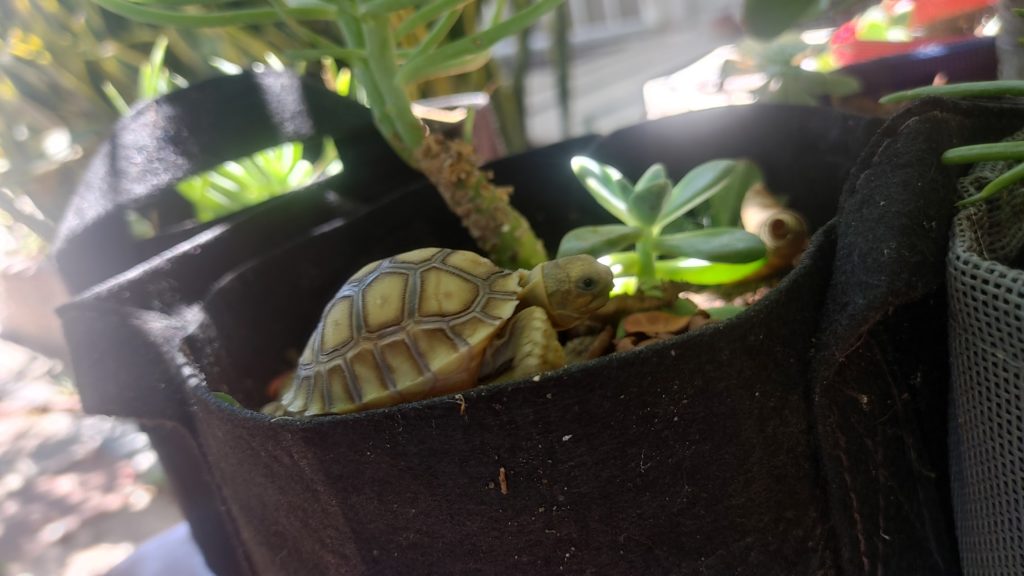
Evolution of Design
As interest in sustainable and space-efficient gardening methods grew, so did the demand for more efficient and durable fabric grow bags. In the 1990s, with advancements in textile engineering and material science, manufacturers began producing grow bags with enhanced features.
Modern fabric grow bags are typically constructed from a combination of geotextile materials, which are designed to withstand outdoor conditions and promote healthy root development. These materials are chosen for their durability, porosity, and resistance to ultraviolet (UV) degradation. The bags are usually sewn with reinforced stitching to prevent unraveling and to provide stability.
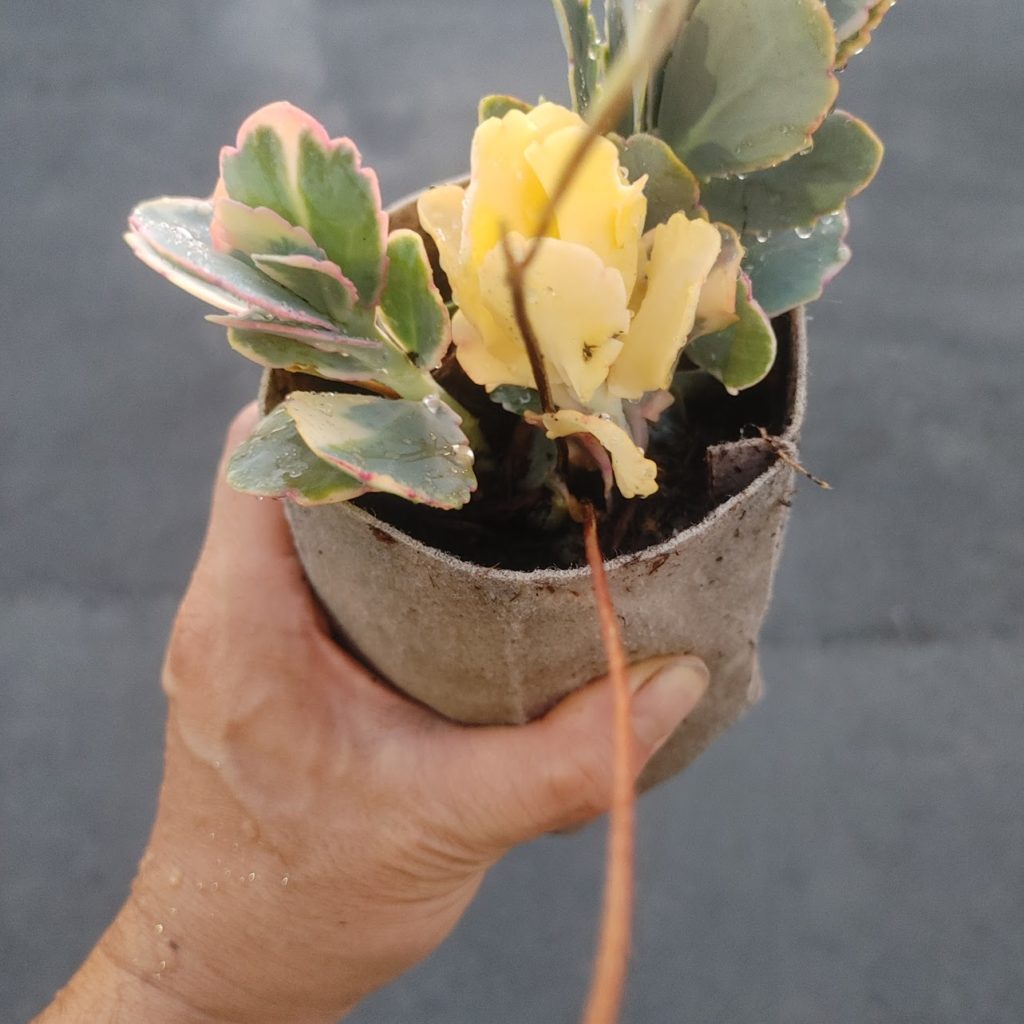
Benefits of Fabric Grow Bags
- Better Root Aeration: One of the primary advantages of fabric grow bags is their ability to promote superior root aeration. The porous nature of the fabric allows for increased oxygen exchange, preventing root suffocation and promoting healthier plant growth.
- Prevention of Root Circling: Unlike traditional plastic containers, fabric grow bags prevent root circling. When roots hit the edges of plastic pots, they tend to circle around, potentially leading to a girdled root system. Fabric grow bags promote natural root pruning and prevent this issue.
- Temperature Regulation: Fabric grow bags provide better temperature regulation for plants compared to plastic pots. The breathable fabric allows excess heat to escape during hot weather, preventing roots from overheating and reducing the risk of stress-related problems.
- Improved Drainage: Proper drainage is crucial for plant health. Fabric grow bags facilitate effective drainage, preventing waterlogging and root rot, especially when compared to pots with limited drainage holes.
- Space Efficiency: Fabric grow bags are space-efficient and can be placed in various configurations, such as vertically on walls or balconies. This makes them ideal for urban gardening and maximizing limited growing areas.
- Easy Storage and Transportation: Fabric grow bags are collapsible and lightweight, making them easy to store and transport. This feature is particularly useful for gardeners who may need to move their plants indoors during colder months.
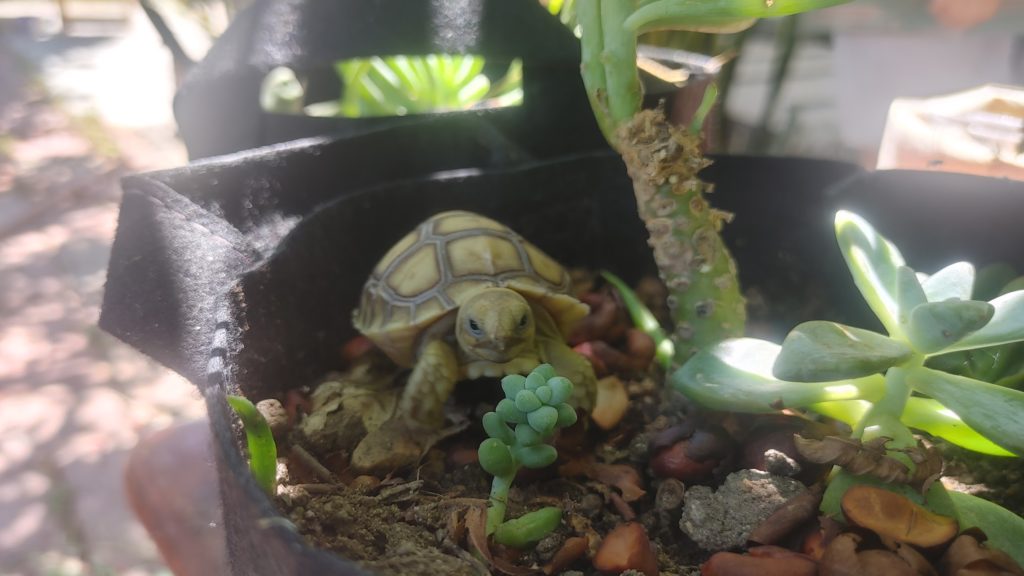
Conclusion
The evolution of fabric grow bags from simple handmade containers to technologically advanced horticultural tools showcases the continuous innovation within the gardening industry. These bags offer a range of benefits, including improved aeration, prevention of root circling, temperature regulation, drainage, space efficiency, and easy storage. As urban gardening and sustainable practices continue to gain momentum, fabric grow bags are poised to play an essential role in shaping the future of agriculture. Whether you're an avid gardener or a novice enthusiast, exploring the world of fabric grow bags might just transform the way you approach plant cultivation.

